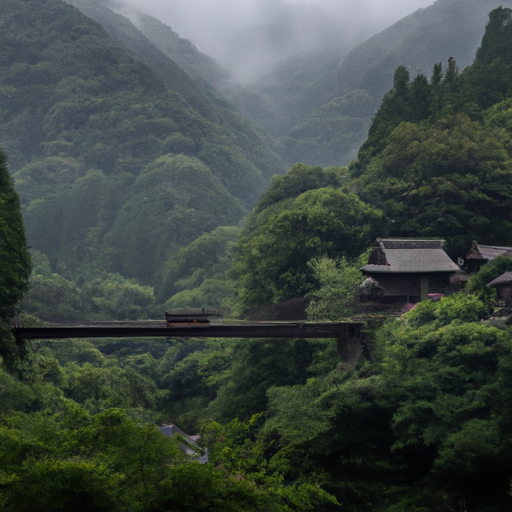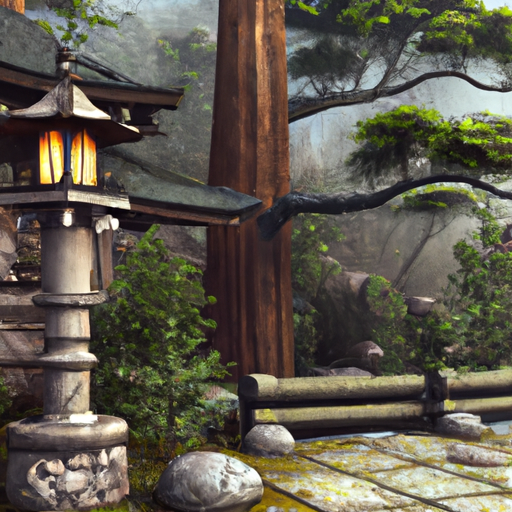Discover Japan's lesser-known regions where ancient traditions thrive in modern times. From remote mountain temples to family-run ryokans in forgotten valleys, this guide reveals authentic experiences most travelers never see. Learn how to navigate these hidden gems while respecting local customs and creating meaningful connections.

Japan's tourist trail often leads visitors through the same well-worn path: Tokyo, Kyoto, Mount Fuji. While these destinations deserve their fame, the heart of Japanese culture beats strongest in its lesser-known regions, where ancient traditions continue uninterrupted by mass tourism.
In the misty valleys of Shikoku, Japan's fourth-largest island, pilgrims still traverse the ancient 88-temple circuit as they have for over a millennium. Unlike the crowded streets of Kyoto, here you'll find yourself alone with your thoughts as you walk between remote temples, each telling its own story of spiritual dedication. Local families often offer 'osettai' - traditional gifts to pilgrims - maintaining a custom that spans generations.
The Iya Valley, often called the 'Tibet of Japan,' represents another hidden treasure. This remote region features traditional vine bridges spanning deep gorges, while thatched-roof houses cling to steep mountainsides. Here, elderly farmers still cultivate small plots using methods passed down through centuries, and visitors can experience farm stays that offer authentic glimpses into rural Japanese life.
In Tohoku's northern reaches, the city of Hirosaki offers a different perspective on Japanese culture. While tourists flock to Kyoto's temples, Hirosaki's preserved samurai district remains remarkably authentic and uncrowded. The local apple orchards, producing over 50% of Japan's apples, showcase how traditional agriculture adapts to modern times while maintaining its cultural significance.
The fishing villages of the Noto Peninsula present another face of hidden Japan. Here, traditional 'ama' divers - predominantly women - continue their ancient practice of free-diving for seafood. Visitors can share meals with these remarkable women, learning about their vanishing way of life while supporting their communities.
Accommodation in these regions often means staying in family-run ryokans, traditional Japanese inns that have been passed down through generations. Unlike the polished luxury ryokans of popular tourist areas, these establishments offer genuine hospitality where the owners themselves prepare meals and share stories of their region's history.
Navigating these hidden regions requires patience and cultural sensitivity. English signs become rare, and Google Maps might not always be reliable. However, this is where the true magic happens. Local people, though initially reserved, often go to extraordinary lengths to help visitors who show respect and genuine interest in their culture.
The key to exploring hidden Japan lies in embracing uncertainty and imperfection. Learn basic Japanese phrases, carry a paper map, and most importantly, be ready to adapt when things don't go as planned. These moments often lead to the most memorable experiences.

Culinary adventures in these regions reveal Japan's true diversity. Forget standardized sushi restaurants; each region has its own specialties, often unknown outside their immediate area. From mountain vegetables preserved using ancient methods to regional ramen varieties that never appear in guidebooks, these culinary discoveries tell stories of local history and geography.
The changing seasons deeply affect these hidden regions, and timing your visit requires careful consideration. Spring brings not just cherry blossoms but also mountain vegetables and festivals celebrating the new planting season. Fall paints the remote valleys in stunning colors while harvests bring communities together in centuries-old celebrations.
Preservation of these hidden regions faces numerous challenges. Aging populations, urban migration, and the temptation to modernize for tourism threaten traditional ways of life. However, many communities are finding innovative ways to maintain their heritage while selectively embracing change.
For those willing to venture beyond the familiar, hidden Japan offers rewards that can't be found in any guidebook. It's in these forgotten valleys and remote villages that you'll discover the Japan of your imagination - a place where tradition and modernity dance together in perfect harmony.



